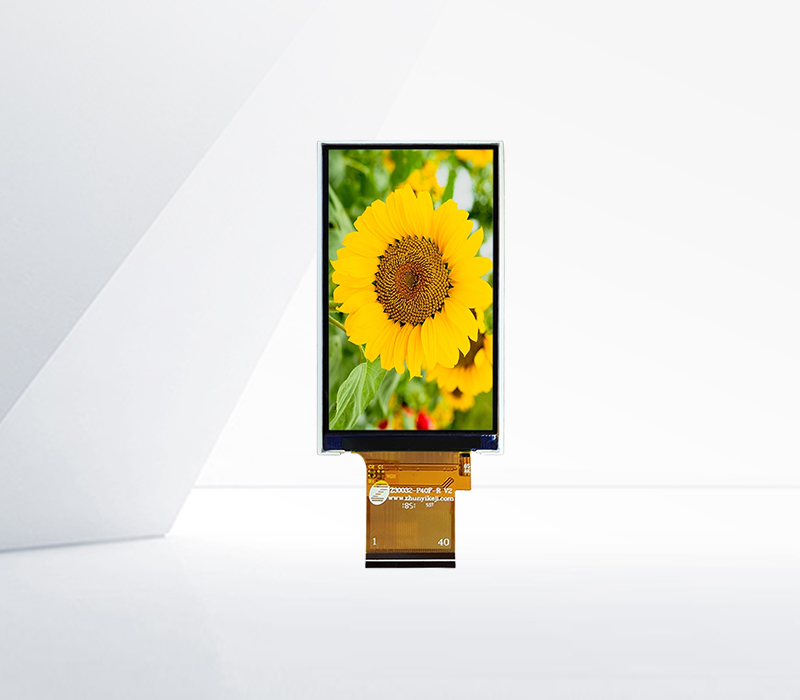




Wide-viewing-angle LCD modules have revolutionized the visual experience of display devices by addressing one of the major limitations of traditional LCDs: the narrow viewing angle. In conventional LCDs, the image quality deteriorates significantly when viewed from off-axis angles, resulting in color distortion, contrast reduction, and image inversion. Wide-viewing-angle LCD modules overcome these issues, allowing users to view the display clearly from almost any direction, which is essential for applications such as large-screen televisions, computer monitors, and public information displays.
Several technologies have been developed to achieve wide viewing angles in LCD modules. One of the most common is the In-Plane Switching (IPS) technology. In IPS LCDs, the liquid crystals are aligned in a plane parallel to the glass substrates. When an electric field is applied, the liquid crystals rotate within this plane, which ensures a more uniform change in the light transmission path across different viewing angles. This results in consistent color reproduction and contrast, even when viewed from extreme angles. Another technology is the Vertical Alignment (VA) technology. In VA LCDs, the liquid crystals are initially aligned perpendicular to the glass substrates. When a voltage is applied, the liquid crystals tilt, allowing light to pass through. VA technology offers high contrast ratios and good black levels, in addition to wide viewing angles. It achieves this by precisely controlling the orientation of the liquid crystals to minimize the leakage of light in the off-state, which is crucial for maintaining image quality from various angles.
The Super Twisted Nematic (STN) technology is also used in some wide-viewing-angle LCDs, especially in applications where cost and power consumption are important considerations. STN LCDs use a higher twist angle of the liquid crystals compared to traditional twisted nematic LCDs, which helps to improve the viewing angle. Although the color performance of STN LCDs is not as good as IPS or VA LCDs, they are still suitable for applications such as simple text displays in industrial control panels or older mobile phones.
Wide-viewing-angle LCD modules have a wide range of applications. In the consumer electronics market, they are widely used in televisions and computer monitors. With the increasing popularity of multi-person viewing scenarios, such as family movie nights or collaborative work environments, the ability to maintain high image quality from different angles has become a key selling point. In public spaces, such as airports, train stations, and shopping malls, wide-viewing-angle LCDs are used for information displays, ensuring that passengers and shoppers can easily read the displayed content regardless of their position relative to the screen. In the automotive industry, wide-viewing-angle LCDs are used in dashboard displays and rear-seat entertainment systems, providing clear visibility for both the driver and passengers. As display technology continues to evolve, wide-viewing-angle LCD modules will continue to play a crucial role in enhancing the visual experience of users across various applications.
